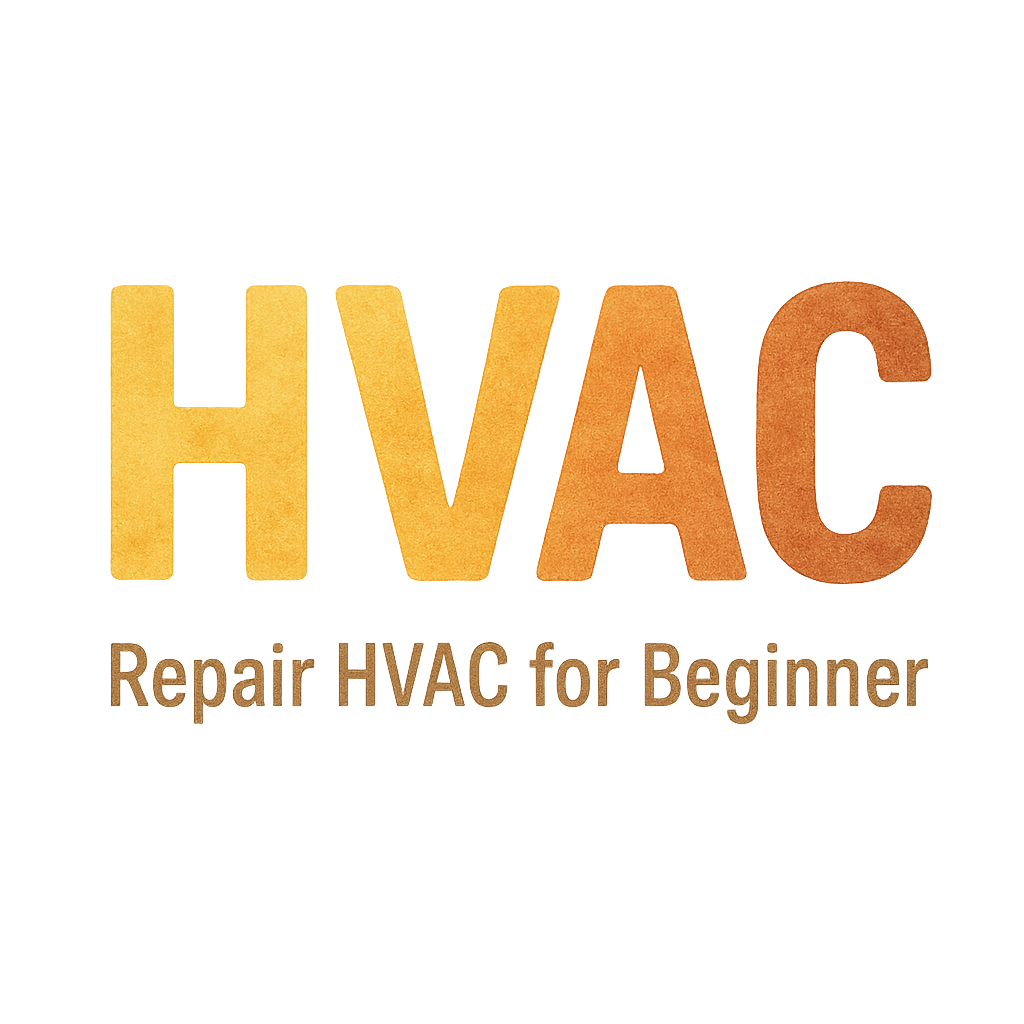Introduction
When it comes to maintaining and repairing your HVAC system, understanding the tools you work with is essential. Among the most important instruments you’ll need are HVAC gauges. Whether you’re a beginner or looking to refresh your knowledge, understanding these gauges is key to troubleshooting, diagnostics, and ensuring your system is running at its optimal efficiency.
In this guide, we’ll walk you through the 7 most common HVAC gauges explained in simple terms, providing clarity on their use, components, and when to use them in your HVAC maintenance or repair processes.

1. Manifold Gauge Set
What is a Manifold Gauge Set?
A manifold gauge set is one of the most essential tools in HVAC systems. It’s used to measure the pressure of refrigerants in the system, and it comes with two pressure gauges: one for high pressure and one for low pressure. These gauges allow HVAC technicians to determine the performance of a cooling or heating system.
Components of a Manifold Gauge Set
Typically, a manifold gauge set includes:
- Two Pressure Gauges: One for low pressure and one for high pressure.
- Hoses: Color-coded hoses to connect to the system.
- Valve Handles: To control refrigerant flow.
- Sight Glass: For inspecting refrigerant flow.
How to Use a Manifold Gauge Set
Using a manifold gauge set involves connecting the hoses to your HVAC system’s service ports, checking the pressure levels, and interpreting the readings to determine if the system is operating efficiently. Technicians may also use it to evacuate or charge the system with refrigerant.
If you’re not familiar with HVAC system diagnostics, you can explore how manifold gauges help in our HVAC system diagnosis guide.
2. Pressure Gauges
What Are Pressure Gauges Used For?
Pressure gauges are designed to measure the pressure of the refrigerant in the system. There are two types: low-pressure gauges (used to measure the suction side) and high-pressure gauges (used to measure the discharge side). Both gauges help identify any imbalances or leaks in the system that can cause poor performance.
For more information about maintaining your HVAC system and preventing leaks, check out our detailed guide on HVAC maintenance and cleaning.
Types of Pressure Gauges in HVAC Systems
- Analog Pressure Gauges: These show the pressure readings using a needle and dial.
- Digital Pressure Gauges: These provide more accurate, easy-to-read digital readings and are often more durable.
3. Temperature Gauges
How Temperature Gauges Help with HVAC Maintenance
Temperature gauges are essential for determining the efficiency of an HVAC system. By measuring the temperature of air flowing into and out of the system, you can assess whether your system is heating or cooling properly.
Types of Temperature Gauges
- Thermocouples: These measure temperature through electrical voltage changes.
- Infrared Temperature Guns: Non-contact temperature measurement tools that are ideal for spot-checking areas of a system.
Temperature is a critical factor in HVAC performance. Learn more about ensuring your system is running optimally in our HVAC maintenance checklist.
4. Vacuum Gauges
What is a Vacuum Gauge?
A vacuum gauge measures the pressure in a system when it’s in a vacuum state. This tool is most commonly used when evacuating a system before recharging it with refrigerant.
When Do You Use a Vacuum Gauge in HVAC Systems?
You typically use a vacuum gauge when removing air, moisture, and other contaminants from the system. This ensures the system is ready for refrigerant without any complications that could lead to inefficiency or failure.
If you’re new to HVAC troubleshooting or need advice on vacuum gauges, check out our troubleshooting guide.
5. Digital Gauges
What Are Digital Gauges?
Digital gauges provide precise, easy-to-read pressure and temperature readings in a digital format. Unlike analog gauges, they often offer more advanced features like auto-calibration and data logging.
Benefits of Using Digital Gauges in HVAC Systems
- Accuracy: Digital gauges provide accurate readings with minimal error.
- Ease of Use: They are typically easier to read than analog versions.
- Multiple Functions: Some digital gauges come with additional features like data logging or Bluetooth connectivity for remote monitoring.
Explore more about the tools and equipment you’ll need for HVAC maintenance in our HVAC tools guide.
6. Refrigerant Gauges
What is a Refrigerant Gauge?
Refrigerant gauges measure the pressure and temperature of refrigerants within the HVAC system. These gauges help diagnose issues like low refrigerant levels, blockages, or system inefficiencies.
How to Read a Refrigerant Gauge
Reading a refrigerant gauge involves interpreting the pressure readings in relation to the temperature scale. This allows HVAC technicians to ensure that the system is working at the correct pressure for the current temperature.
Why Refrigerant Gauges Are Critical for Proper HVAC Function
Using the wrong amount of refrigerant or improper pressure can lead to reduced efficiency or even damage to the HVAC system. These gauges are crucial for maintaining optimal refrigerant levels.
For a deeper understanding of how refrigerants affect your HVAC system, check out our HVAC repair tips.
7. Differential Gauges
What Are Differential Gauges?
Differential gauges measure the difference between two pressures within an HVAC system. They are especially useful for checking filters and air flow, where a difference in pressure indicates blockages or airflow restrictions.
Uses of Differential Gauges in HVAC Diagnostics
Differential gauges are typically used for diagnosing issues in air filters, compressors, or heating elements. They provide insight into whether your system is experiencing reduced airflow or other pressure-related problems.
For more tips on diagnosing common HVAC problems, take a look at our common problems guide.
Conclusion
HVAC gauges are essential tools for diagnosing, maintaining, and troubleshooting your HVAC system. Whether you’re a beginner or a seasoned technician, understanding how each type of gauge works will help you keep your system running smoothly and efficiently. From manifold gauge sets to differential gauges, each tool plays a specific role in identifying potential issues, ensuring proper functioning, and avoiding costly repairs.
By choosing the right gauge for the job, you’ll ensure that your HVAC system remains in top condition, extending its lifespan and improving energy efficiency.
If you’re just starting out, make sure to explore our full range of resources to get a handle on your HVAC system’s needs. We’ve got everything from basic maintenance to advanced repair techniques on our HVAC repair page.
FAQs
1. What’s the difference between a digital and analog HVAC gauge?
Digital gauges offer more precise readings and are easier to read, while analog gauges use a needle and dial to measure pressure. Digital models also tend to have more advanced features like data logging and connectivity.
2. How often should HVAC gauges be calibrated?
Calibration should be done annually or when you notice inconsistencies in the readings. A poorly calibrated gauge can give inaccurate results, leading to errors in diagnostics.
3. Can I use a manifold gauge set on my own without professional help?
While using a manifold gauge set is possible for beginners, it’s best to have some training or professional guidance, as improper use could damage your HVAC system.
4. Are HVAC gauges safe to use for beginners?
HVAC gauges are safe when used properly. However, beginners should always ensure they follow safety instructions, wear protective equipment, and understand how to read the gauges accurately.
5. How do I properly maintain my HVAC gauges?
To maintain HVAC gauges, ensure they are stored properly (away from harsh temperatures), calibrate them regularly, and clean the hoses and gauges after use to prevent contamination.
6. Can a faulty HVAC gauge cause system damage?
Yes, if the gauge gives incorrect readings, it could lead to improper system adjustments, potentially causing damage or inefficient performance.
7. What is the cost of HVAC gauges?
The cost of HVAC gauges varies widely depending on the type. Basic models can start around $50, while high-end digital or manifold gauge sets can cost several hundred dollars.


